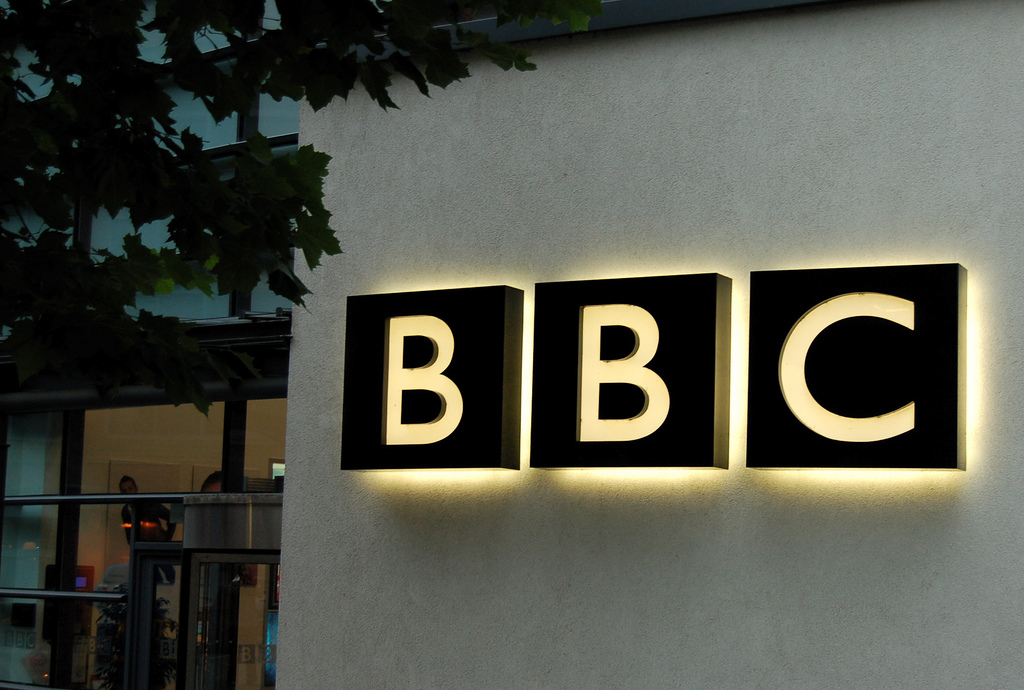
For the last two years, Joe Smith has been part of a team of Open University environment researchers investigating an archive collection of environmental programmes from across fifty years of the BBC’s broadcasting on environmental issues. In this two part podcast, join Joe on a journey through the archive as he explores how programmes have changed and how broadcasting has shaped how we think about environmental issues today.
Visit the first article in this series here.
Press play to hear Joe’s thoughts, or read the transcript below.
Transcript
Most population specialists now anticipate that human numbers will stabilise in the next couple of decades. They argue that a combination of economic development, and better access to healthcare and education, especially for women in the Global South, has brought down birth rates and that population will stabilise within a couple of decades. The ‘population bomb’ argument that the BBC’s documentaries had helped to spread has proven far too simplistic. Perhaps worse, it also proved an obstacle to progress in international environmental politics for a long time, with countries of the Global South seeing environmentalism as a northern, colonialist plot.
TV coverage of ‘the population problem’ sought out drama, powerful image and strong positions. But I can’t help feeling that this hindered rather than helped public understanding.
Perhaps they should have spent more time listening to women. That’s very much the argument of Kenyan environmentalist Wangari Maathai in a 1982 Horizon Special on The State of the Planet. The prominent appearance of this black African professional woman marked a long overdue widening of the media cast list on these topics. In this debate format review of The State of the Planet she brings some new thinking to viewers. She argues that in order to protect the environment it’s vital to support women’s rights, democracy, and grassroots knowledge and action. Maathai had already proved her point with The Greenbelt movement that she had initiated. This had got African women restoring landscapes, and their communities’ prosperity, through tree planting. This kind of language and thinking was in stark contrast to the blunt insistence from many Western environmentalists upon the need for ‘birth control’.
But another issue starts to emerge in this period, which brings another set of voices to the fore in environmental debates through the course of the decade that follows, and that’s climate change. The documentary ‘Under the weather: Overheating’, broadcast in 1981 is one of the first longer documentaries we have found that covers the issue of human-caused climate change. The uncertainties are emphasised, but the potentially far-reaching consequences are laid out before the audience.
So how should media producers handle this difficult new knowledge? One interesting example of a careful editorial approach is provided by the children’s news programme, Newsround, screened in the mid-1990s. It’s also a show about climate change, and the team of presenter, editor and producer try to connect problems and actions within one short story. Household energy use is connected with quite
abstract physical impacts that are distant in time and space, using a mix of footage of glaciers and windfarms. But the journalist is talking at a kitchen table and she reaches to turn off a light switch. It’s all very down to earth and practical. The thing I note here is how the Newsround team have taken enormous care over the editorial tone that frames the story of climate change, recognising that this news could be potentially alarming for their audience. They also suggest something that young people can do by running an energy awareness competition and the reward for winners is a study trip to Iceland for a few lucky ones. So the programme makers in this case are casting around for approaches that might stop people switching channels, but also support them in mobilising action and better understanding the fundamental underlying issues.
So there’s plenty to learn from still and plenty to enjoy in the archives. There are of course the simple pleasures of spotting fashion changes – in clothes, voices, or set design. And it’s fascinating to try and trace the relationships between the publications of books and reports that we might work on as academics and popular broadcasting. It’s also interesting to tie together the networks of knowledge and skill that are being brought together to make difficult topics watchable. I think that environmental broadcasting matters now more than ever, and there is plenty that the BBC and other media storytellers can learn from their own past.
The themes running through these podcasts recur throughout the Open University’s interdisciplinary environment curriculum. You can find out more by visiting the Module pages.
Both of these podcasts are based on research funded by the UK’s Arts and Humanities Research Council. You can find more about the research here: http://earthinvision.org/ team on Twitter @EarthInVision
-
Geography Matters: A Collection
Watch now to access more details of Geography Matters: A CollectionWant to find out more about Geography and Environmental Studies at The Open University?

-
Should Economics and the Environment work together?
Listen now to access more details of Should Economics and the Environment work together?The recent UK general election saw many parties pledge to ‘improve’ the environment. Vicky Johnson considers progress can be measured by more closely connecting the environment to economics.

-
How is Milton Keynes a ‘smart’ city?
Watch now to access more details of How is Milton Keynes a ‘smart’ city?What is a ‘smart city’, and how is smart rooted into Milton Keynes’ past and future?

-
‘Citizen sensing’ and new forms of environmental monitoring
Read now to access more details of ‘Citizen sensing’ and new forms of environmental monitoringWhat technological challenges are faced by communities seeking to understand environmental change at different geographical scales?

Rate and Review
Rate this article
Review this article
Log into OpenLearn to leave reviews and join in the conversation.
Article reviews